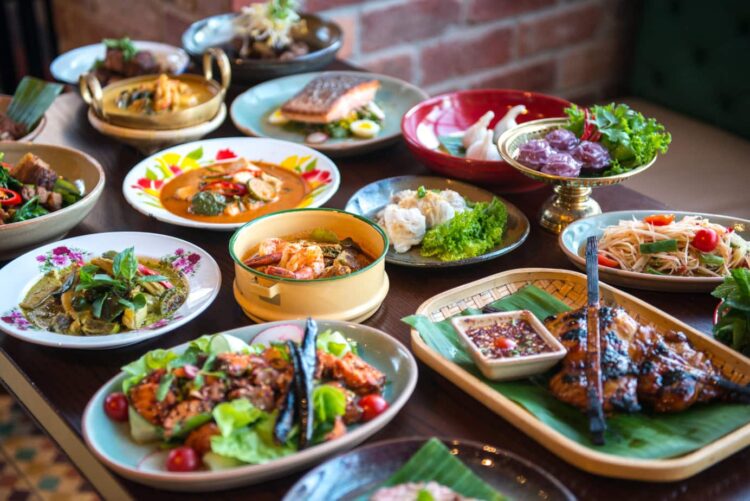In Thailand, food is at the heart of every social gathering, and it often becomes the gathering itself or simply a reason to celebrate. This is partly thanks to the friendly, sociable nature of the Thai people, but also to the way dishes are ordered, served and eaten. Family and friends come together and connect over food. And I’m 2000% on board with that.
The main flavors of Thai cuisine
A typical Thai meal features five main flavors: salty, sweet, sour, bitter and spicy. In fact, most dishes are not considered complete unless they combine all five. While Thai seasoning can be quite hot for foreign palates, Thai cuisine always strives for a perfect balance of flavors.
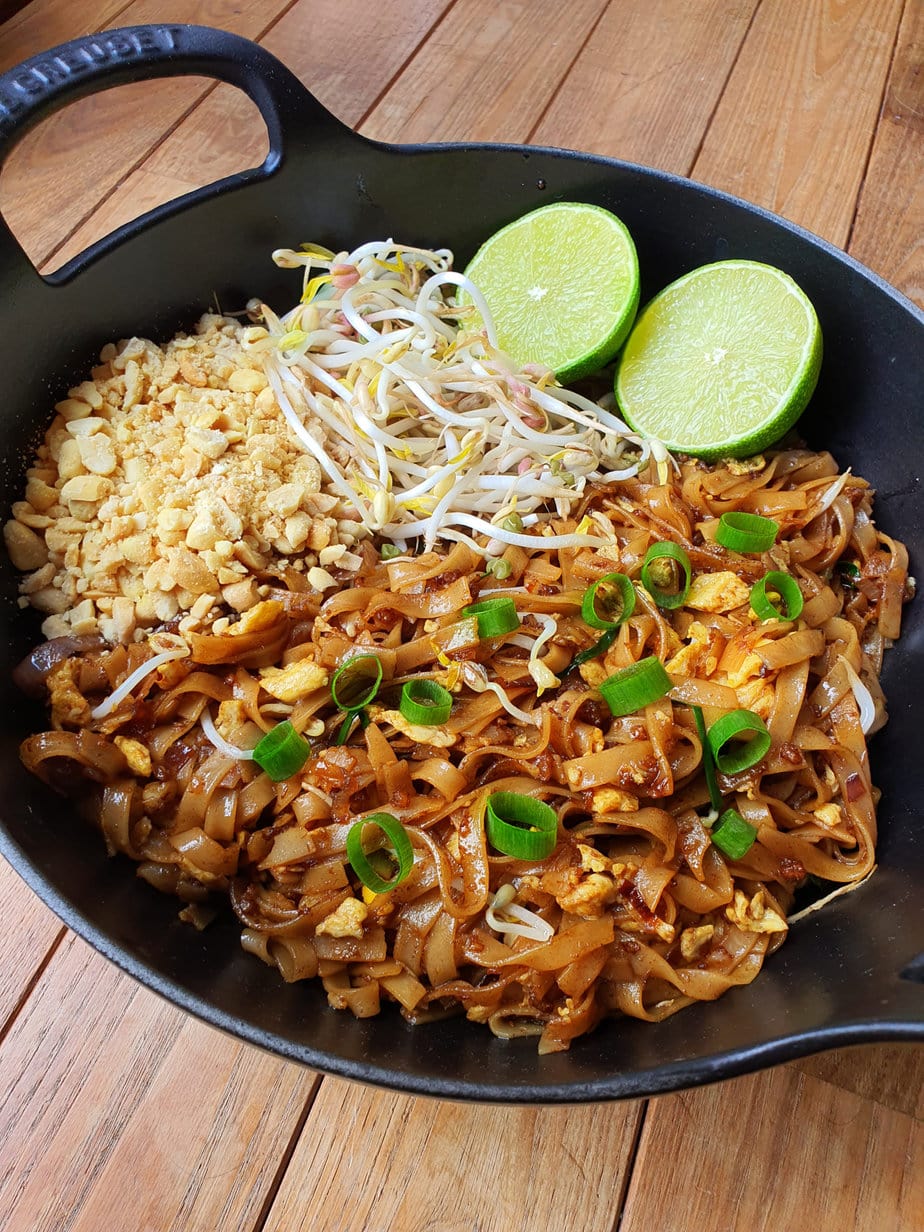
When eating out or cooking at home, a group of Thai diners will usually share a mix of meat and fish dishes, vegetables, a noodle dish and sometimes soup. Everything is communal except the soup, which each person may order individually, or everyone receives a small bowl to ladle from a shared pot. For example, my famous tom yum soup or seafood tom yum talay. By contrast, tom kha soup is enjoyed more like a curry.
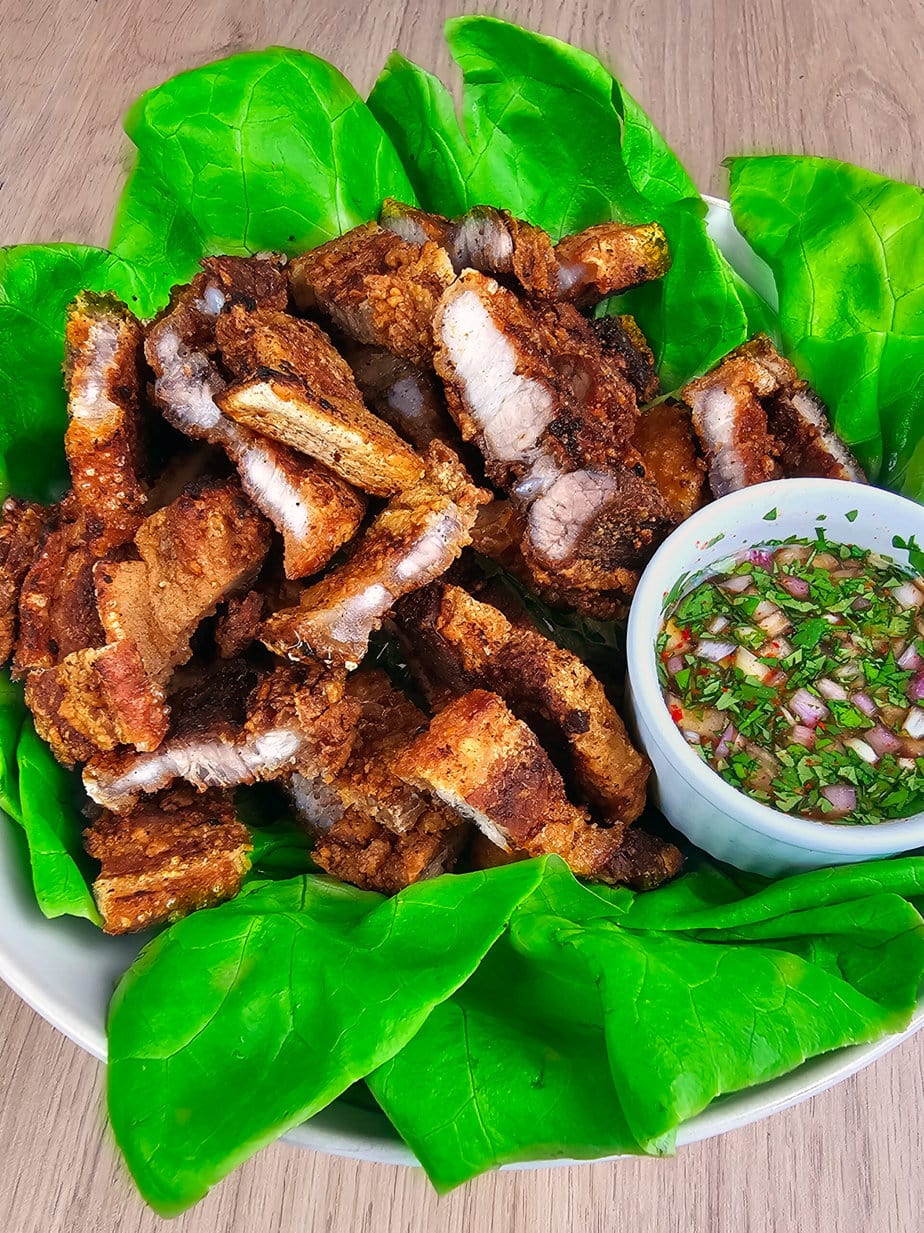
Dessert is sometimes no more than fresh fruit, such as pineapple or any of the many tropical varieties found across the country (guava, durian, mangosteen, papaya, bananas, tamarind or mangoes, among others). Of course, there is also the famous mango sticky rice.
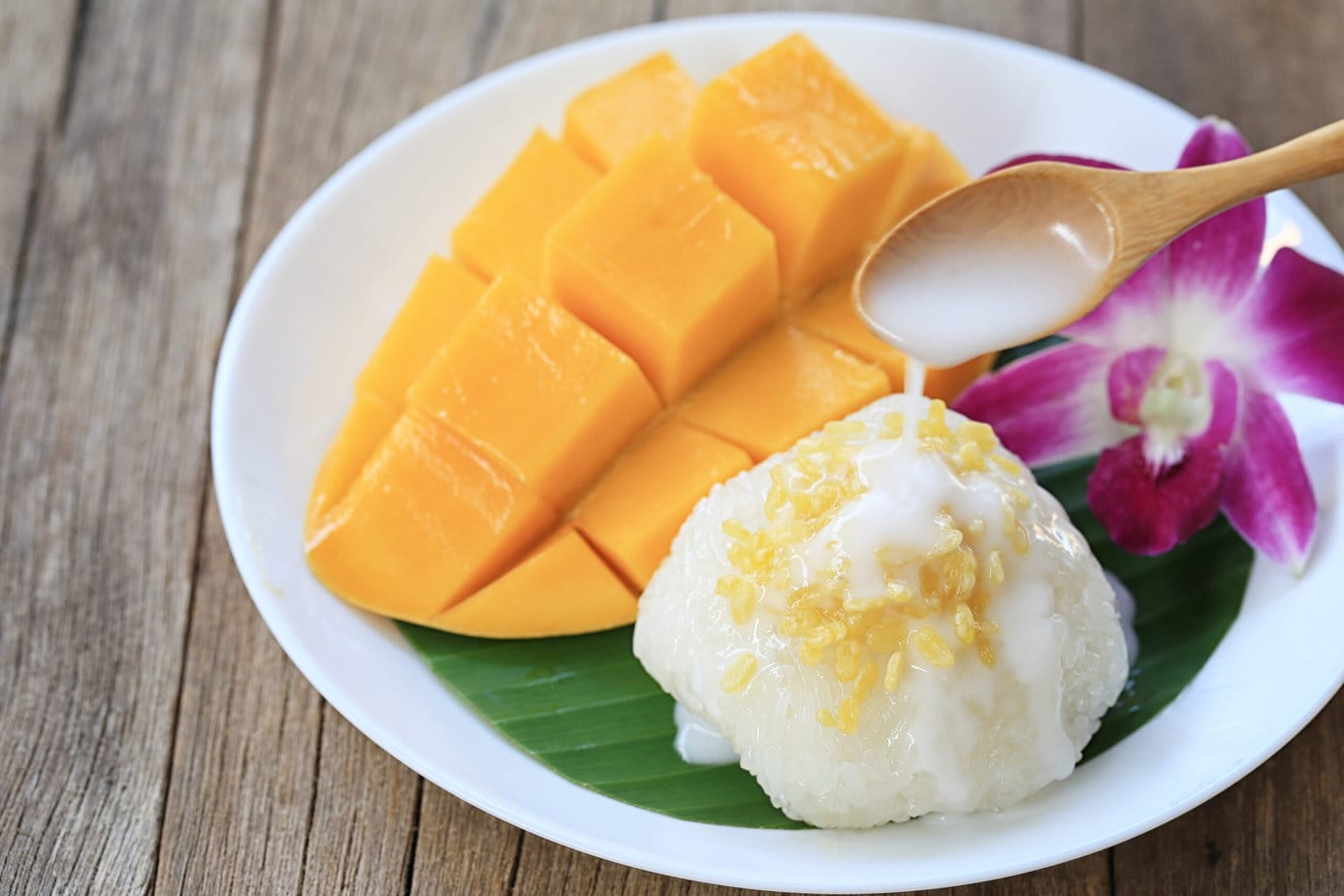
Sometimes dessert is more elaborate, such as colorful rice cakes, coconut-coated rice balls, grass jelly or a yellow bean sweet like med kanoon.
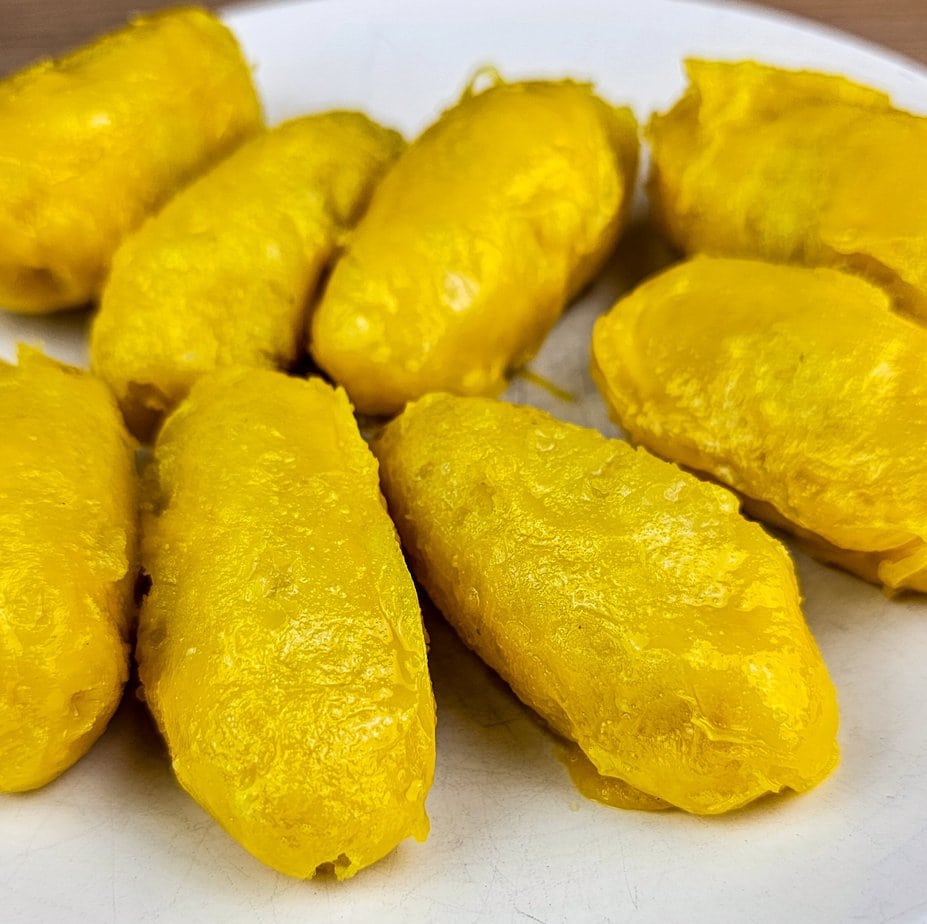
Thai people eat slowly and savor their food, because a meal is also a moment to share with loved ones.
Influences on Thai cuisine
The flavors of modern Thailand have deep historical roots. As early as the 13th century, the Thai had established what is now the core of Siamese cooking: various meats and seafood paired with rice, local vegetables, herbs, and bold amounts of garlic and pepper. Centuries later, the Chinese introduced noodles (like those in pad see ew) along with the most important Thai cooking tool: the steel wok.
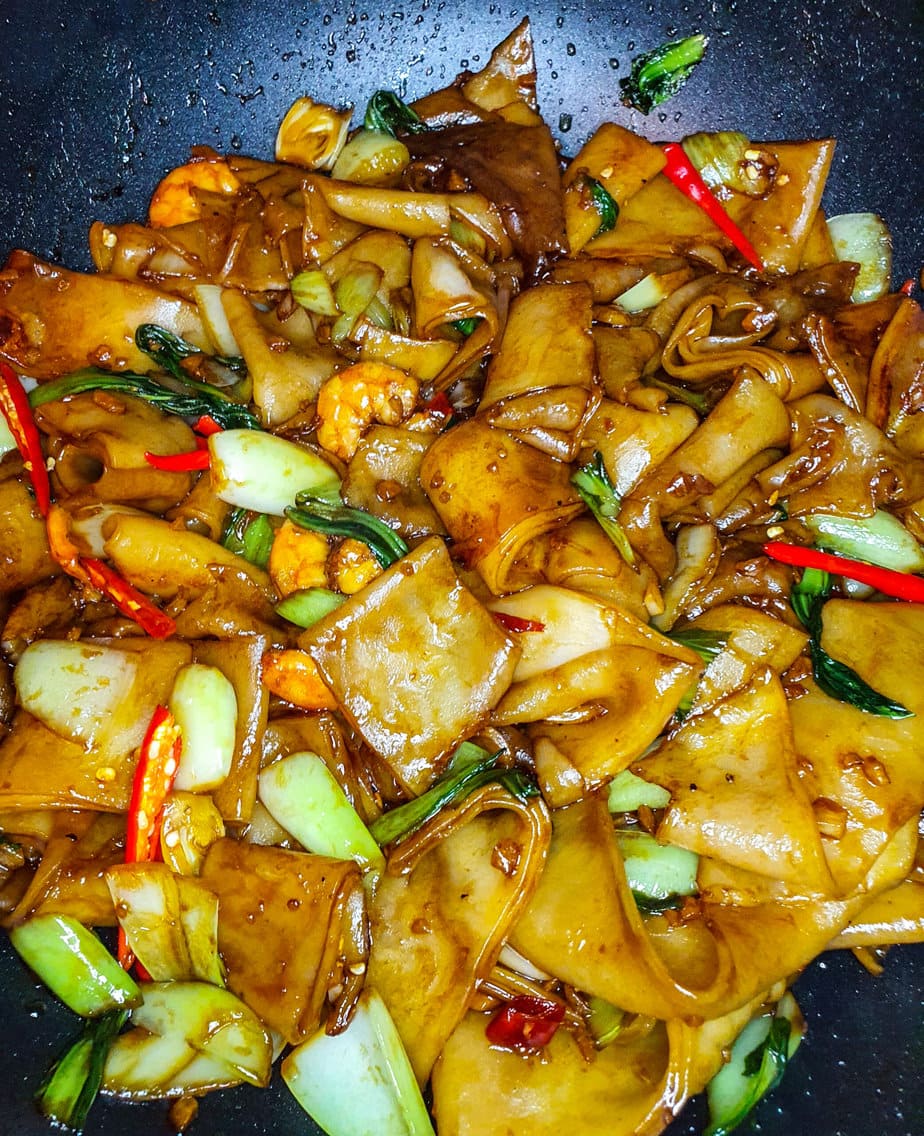
Thai cuisine is also strongly influenced by Indian spices and flavors, as shown by its famous green, red and yellow curries. Though impossible to confuse with Indian curries, Thai curries incorporate many of the same spices while retaining their own identity thanks to local ingredients such as Thai holy basil (used in my Thai basil chicken and pad gra prow), lemongrass and galangal. Basil also appears in salads, for example in certain versions of Moo nam tok, the Thai pork salad. You will likewise come across the beloved panang curry.
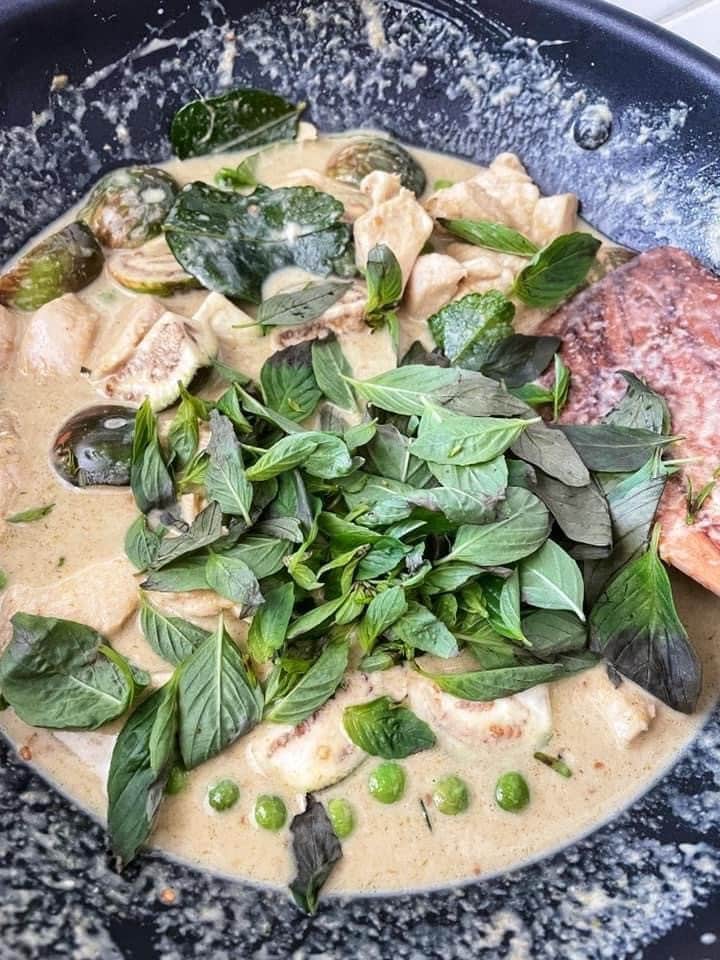
Other influences come from neighboring countries such as Vietnam, Cambodia, Indonesia, Laos, Myanmar and Malaysia. Together, these influences create the complex profile of today’s Thai cuisine, one of the fastest-growing and most popular in the world.
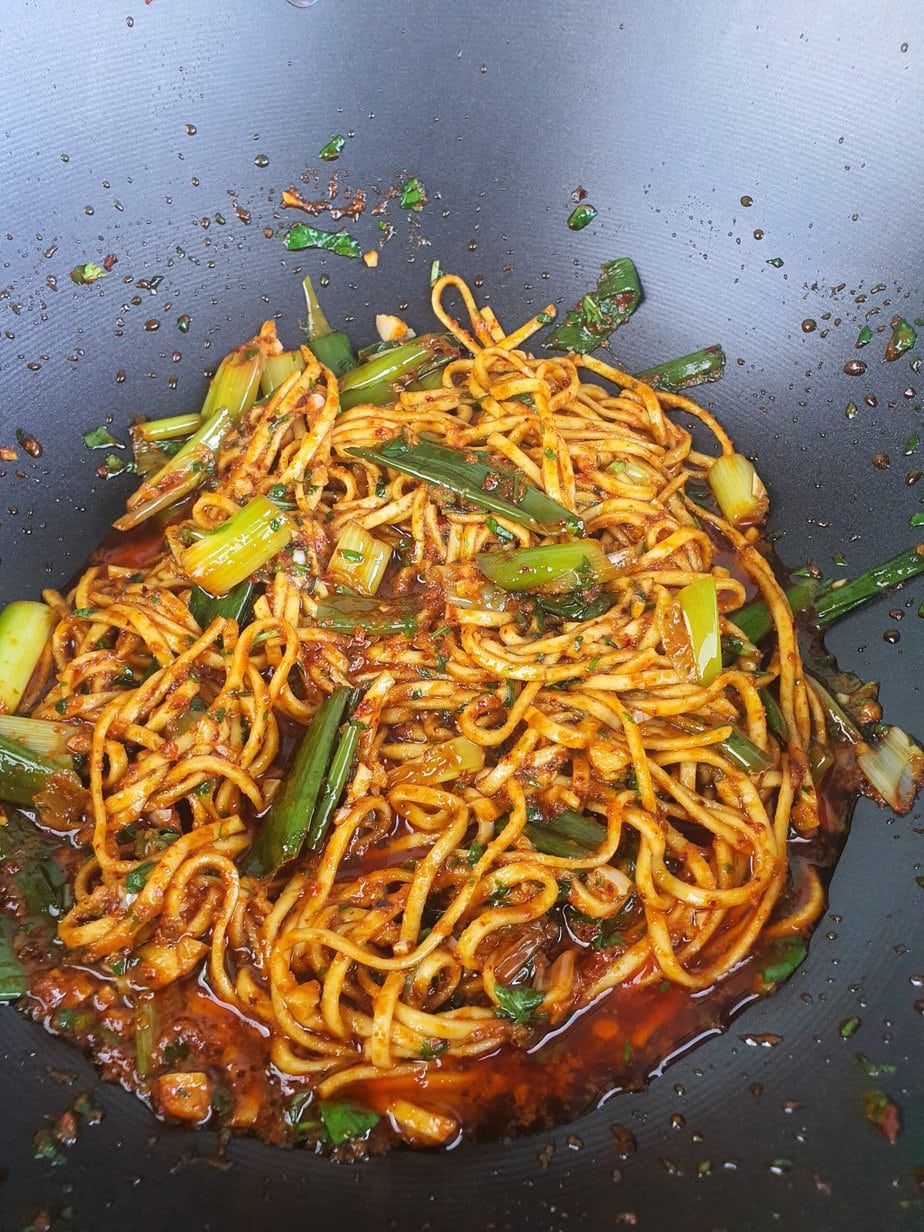
Rice
Nothing holds a more important place in Thai cuisine than rice. Served at virtually every meal, rice is treated with respect and never wasted. Thailand grows many varieties, and jasmine rice is the most prized (and most expensive). Sticky rice is also common, while plain white rice is plentiful, less costly than jasmine and still delicious.
Cooks pay close attention to the quality of the rice they buy and use precise methods to cook it: which temperature, how much water, how long to steam. Rice can make or break a meal.
Noodles are very common, though not as ubiquitous as rice. While rice is served to share, noodle dishes are usually meant for one person. So no, I won’t share my noodles – it’s tradition.
The importance of plating
The formal presentation of food is another key aspect of Thai culture. Attention to detail and visual beauty are integral to the dining experience.
No matter how wonderful the flavors, a dish must also be visually appealing. This respect for ingredients gives Thai food some of the most exquisite presentations in the world: serving platters adorned with vegetables and fruits carved into flowers, and stir-fries that feature artfully carved vegetables right in the pan. Chefs train in carving because their craft extends beyond cooking into aesthetics. A good example is fried enoki.
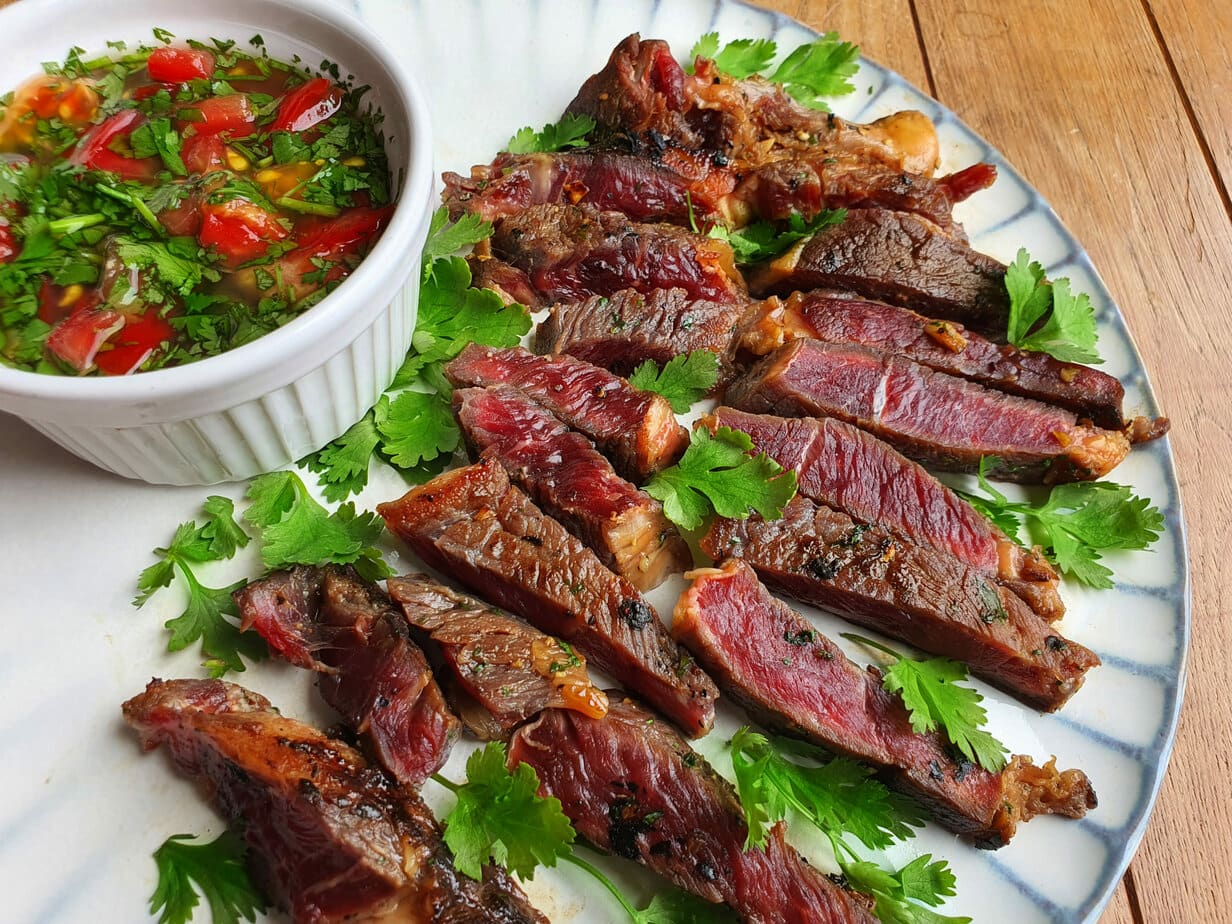
Most dishes are served in bite-size pieces, a thoughtful way to honor Buddhist teachings that discourage cooking a whole animal. Fish, beef, pork and chicken are sliced before cooking, and all other ingredients are likewise chopped or cubed.
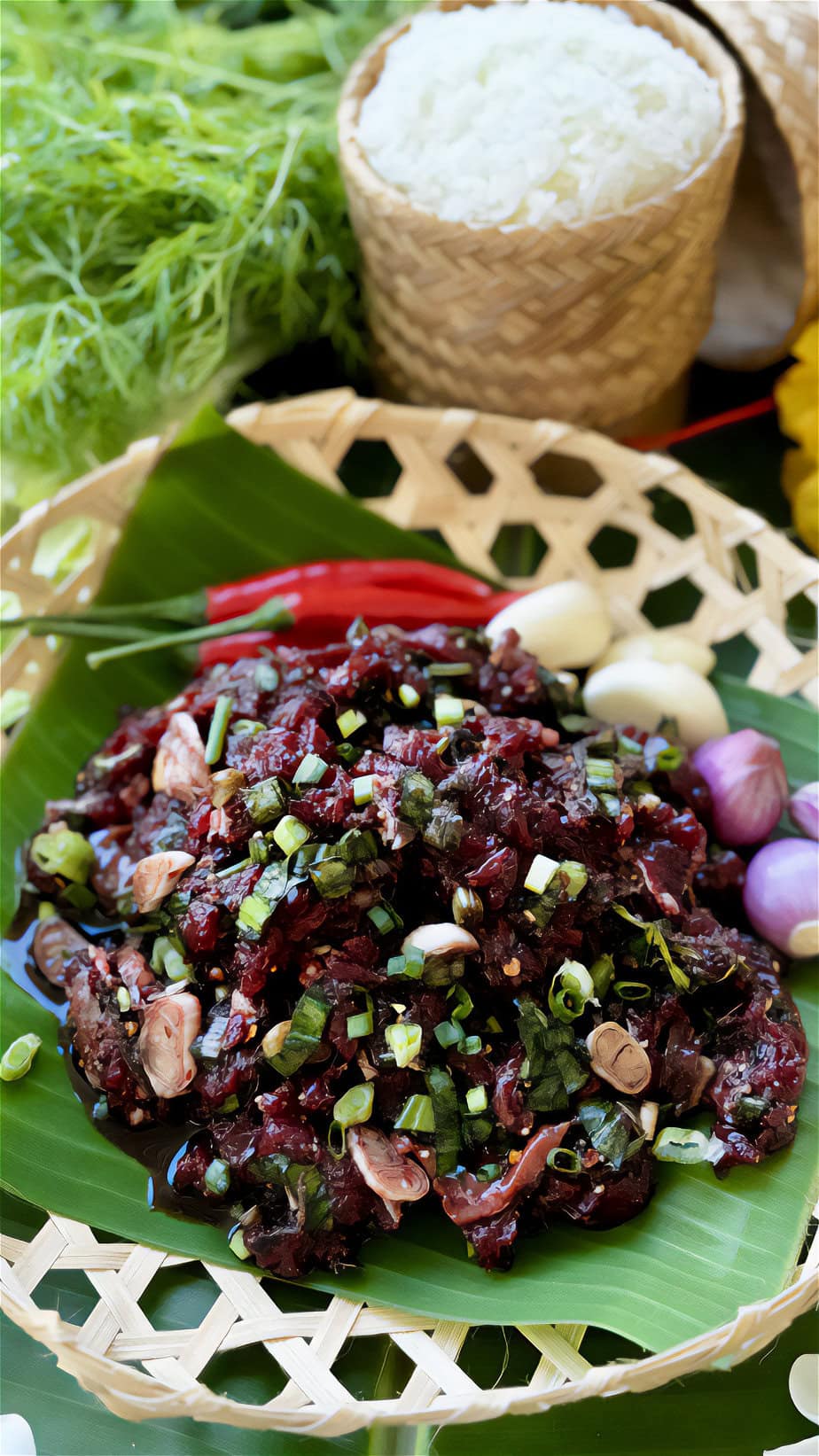
The land of snacking
Outside of main meals, Thai people are renowned snackers. It’s easy to pick up a quick, delicious bite for just a few baht along the road or in local markets.

Popular snacks include spring rolls, chicken satay or beef skewers, crudités with spicy dip, soups, salads and all kinds of sweets.
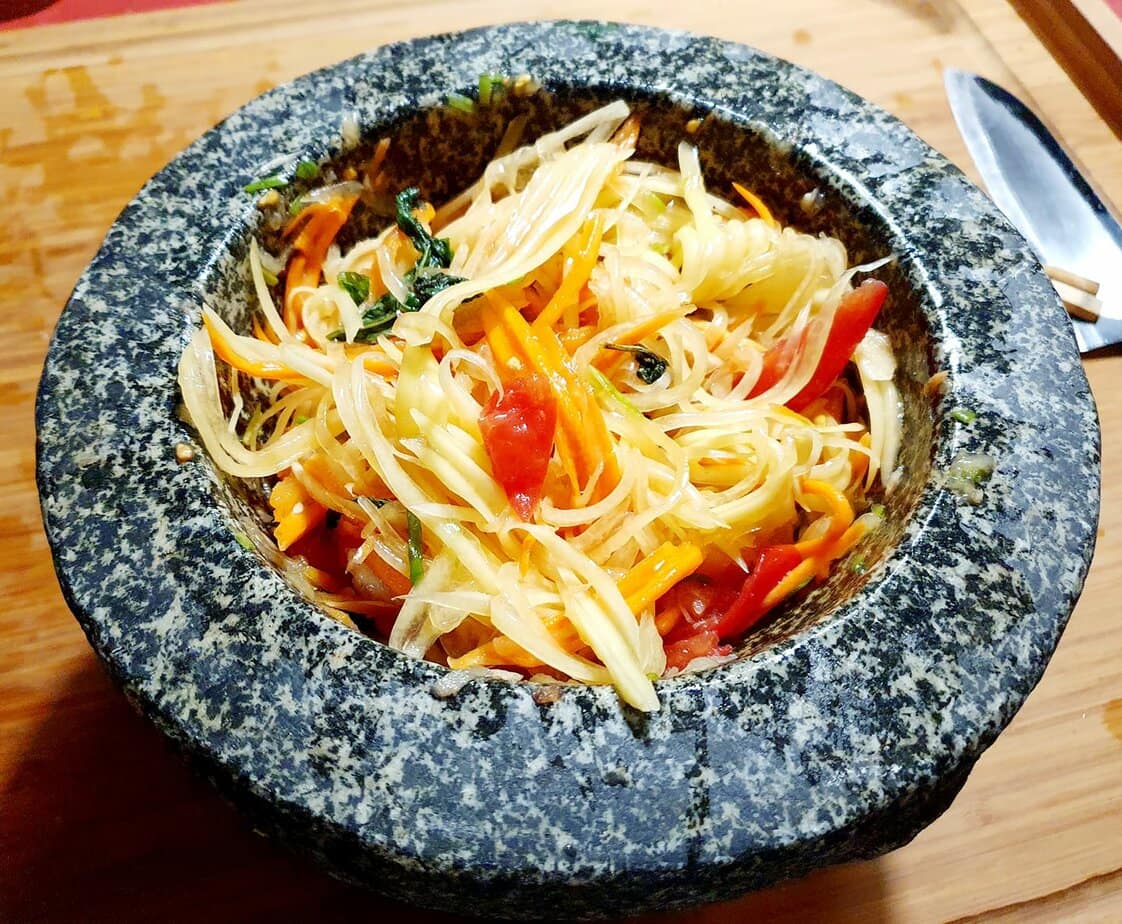
Insects
You’ll find a wide variety of edible insects in Thailand. Click the link above to read my article on the subject.
